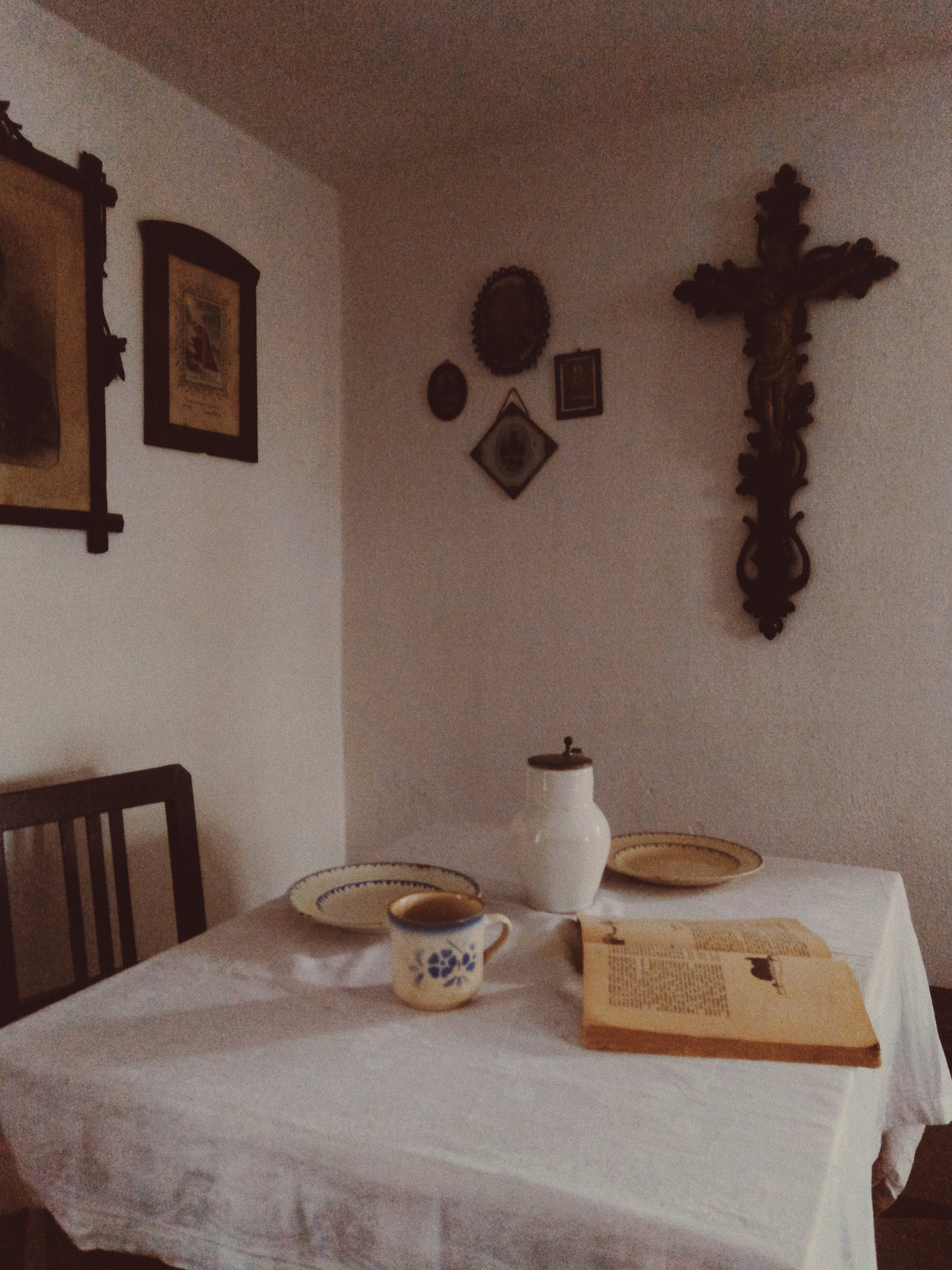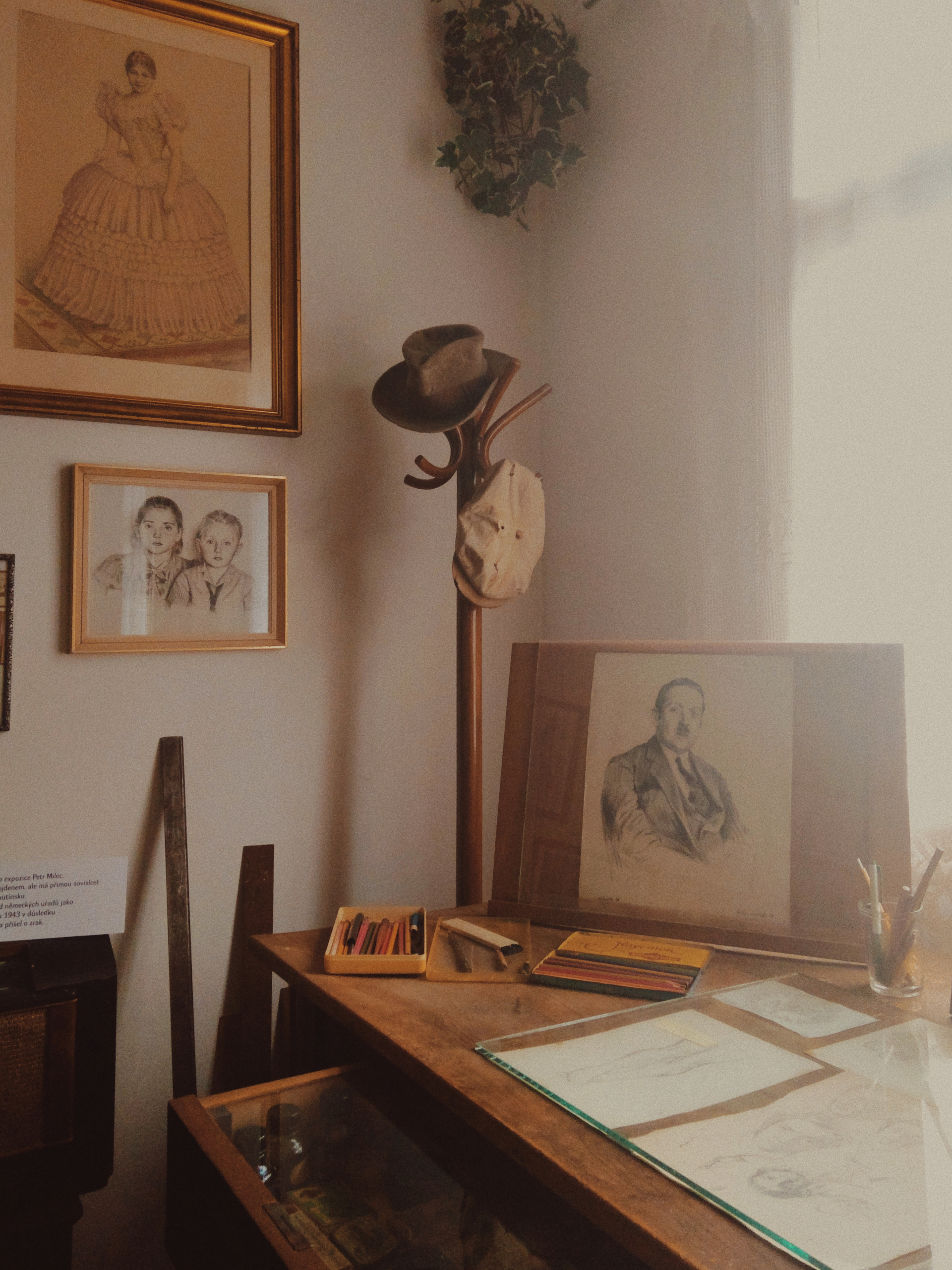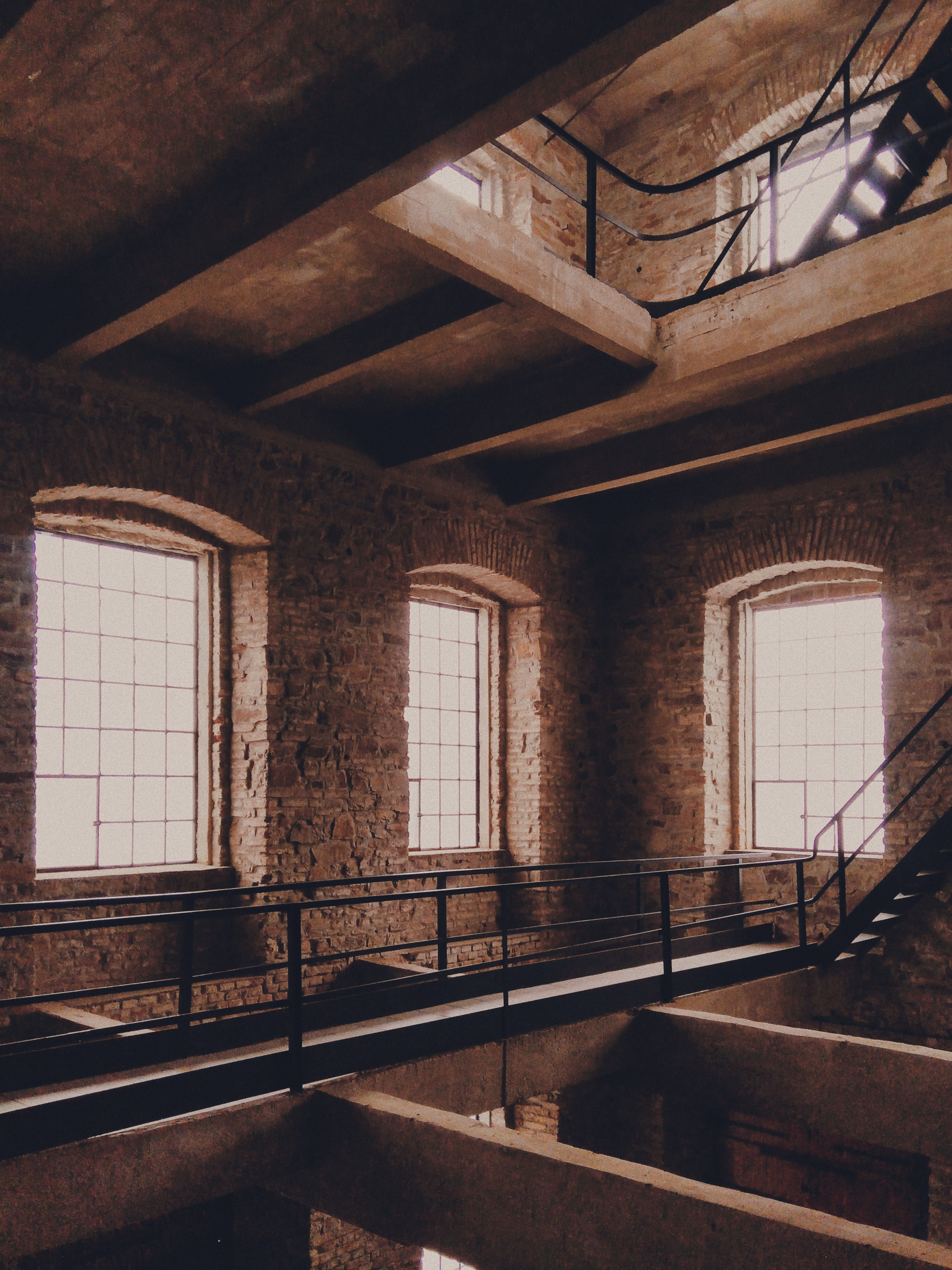In the footsteps of Karel Hojden
Academic painter and graphic artist who paid tribute in his works to the Havířský craft, traditions and history of both royal towns - Březové Hory and Příbram. Take a walk in the footsteps of Karel Hojden in Příbram.
1. FAMILY HOUSE
He was born on 11 October 1893 as the fifth child of František Hojden and his wife Marie, née Pilous, in a small house in today's Mariánská Street in Březové Hory. The environment of a poor mining family and the modest conditions influenced Hojden's whole life and work. Kája liked to watch his father carving figures for the family crib and listen to his mining stories from the mysterious depths. The miner's salary was not large, there was hardly any money left for quarters and paints. But there was always money. Hojedno's talent was already evident at the March Mountains municipal school, when the class teacher showed his pictures to the other classes. And he was also successful with them at the boys' burgher school. He painted what he saw around him. Nature, friends and mining parades.
2. THE MINER'S HOUSE

The Mining Museum in Příbram shows what such living looked like. It is an original mining cottage from the 17th century, where an exposition was created to present the life of a mining family at the turn of the 19th and 20th centuries.
After graduating from the burgher school in 1908, he went to Prague and privately studied painting there. This was followed by an examination for the School of Arts and Crafts, where he was admitted in 1909. He spent the first three years in the general department and the next year in the special department under professors Schikaneder and Špillar. For excellent grades he received a one-time scholarship. In 1913 he was admitted to study at the Academy of Fine Arts under Max Švabinský. The war interrupted his studies at the graphic arts specialty. Several portraits from Dalmatia, as well as images of officers and members of their families and Russian prisoners of war, date from these years. From the end of the war also the largest etching created by the author - a view of the town of Cheb.
He graduated from the Academy of Fine Arts in 1921, then worked in Prague, and in 1922 for the patron Zlatník in Dvůr Králové (portraits and nature subjects). He then travelled to Paris on a Hlávek scholarship for a year's study, and shortly after his return he made a trip to Subcarpathian Russia. In 1924-1928 he worked as a professor at the gymnasium in Hlučín, Český Těšín (his first solo exhibition presents works from Paris, Subcarpathian Rus, subjects from Těšín and ex-libris).
3. ATELIER

In 1929, Hojden finally returned to his birthplace and thus to the themes he had already dealt with during his studies at the Academy: the work of miners in the mines, the history of the town and its traditions. From the early 1930s comes a series of drawings dedicated to the mining catastrophe in Březá hora, "Havířské písně" (Songs of the miners), completed in the early 1950s, and from the late 1930s a series of etchings, "Miners' Songs", and dozens of prints with mining themes. From the 1960s comes a series of watercolours with a Christmas theme, documenting the original appearance of the town centre before the extensive redevelopment. The artist is approached by the town's inhabitants, and commissioned works are produced (portraits, numerous ex-libris and New Year's cards). He is also involved in promotional work, creating posters and diplomas, contributing regularly to the local magazine, and preparing covers for regional publications.
Along with themes appropriate to the time and the client, from the 1950s to the 1970s the author worked on biblical themes (presented to the public in 1990 at a large exhibition in the Ernestine Castle).
The studio was located in the house of the Hojden family in Charvátova Street, today it is part of the Řimbaba mine exhibition.
4. DŮL VOJTĚCH

Karel Hojden died in Příbram on 5 May 1975. The inventory of his work contains over a thousand drawings and graphic works, the vast majority of which are thematically connected with his hometown.
A permanent exhibition of Hojden's works can be visited in the shaft building of the Vojtěch mine.
Processed by: Hana Ročňáková
Photographs: Karolina Ketmanová










